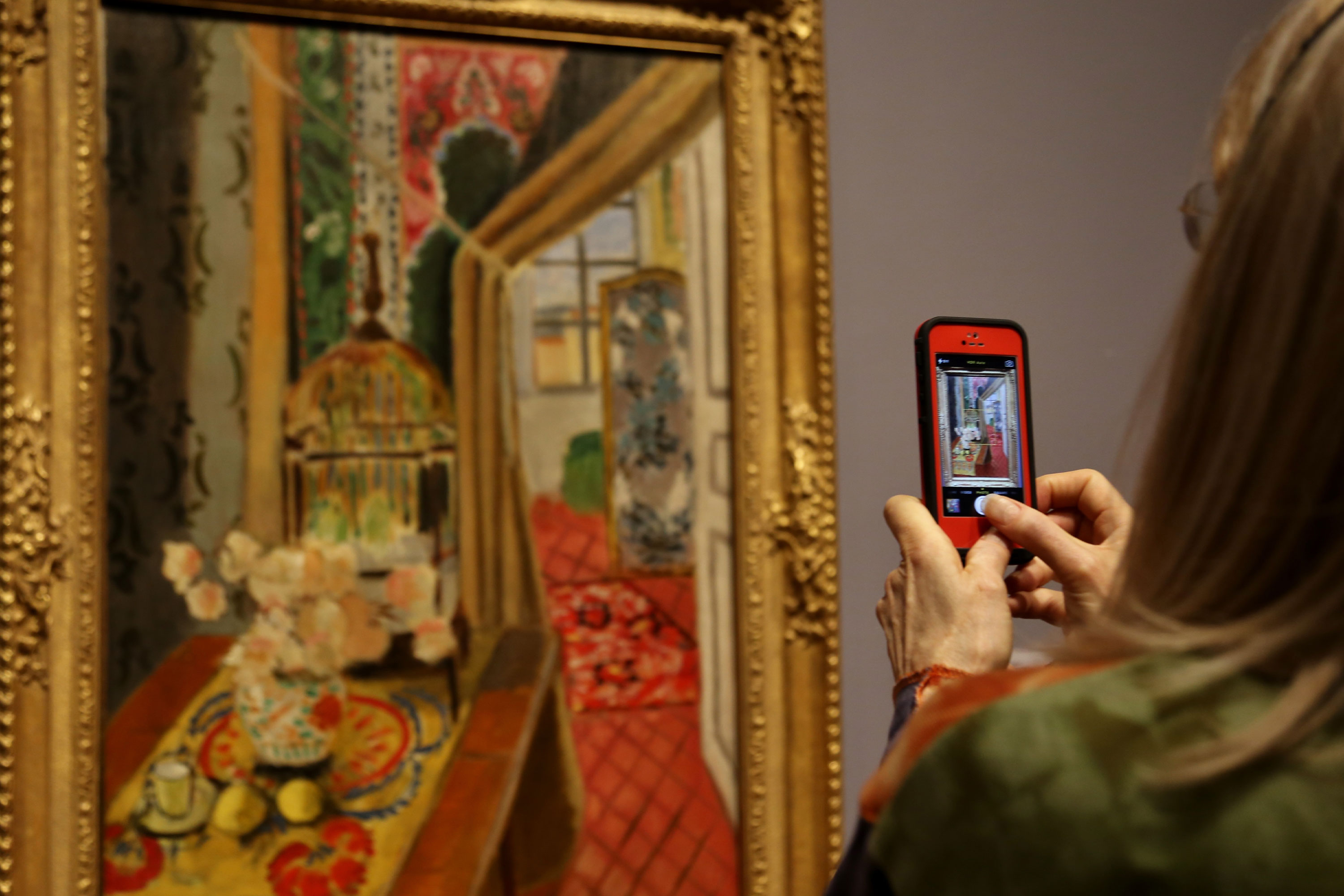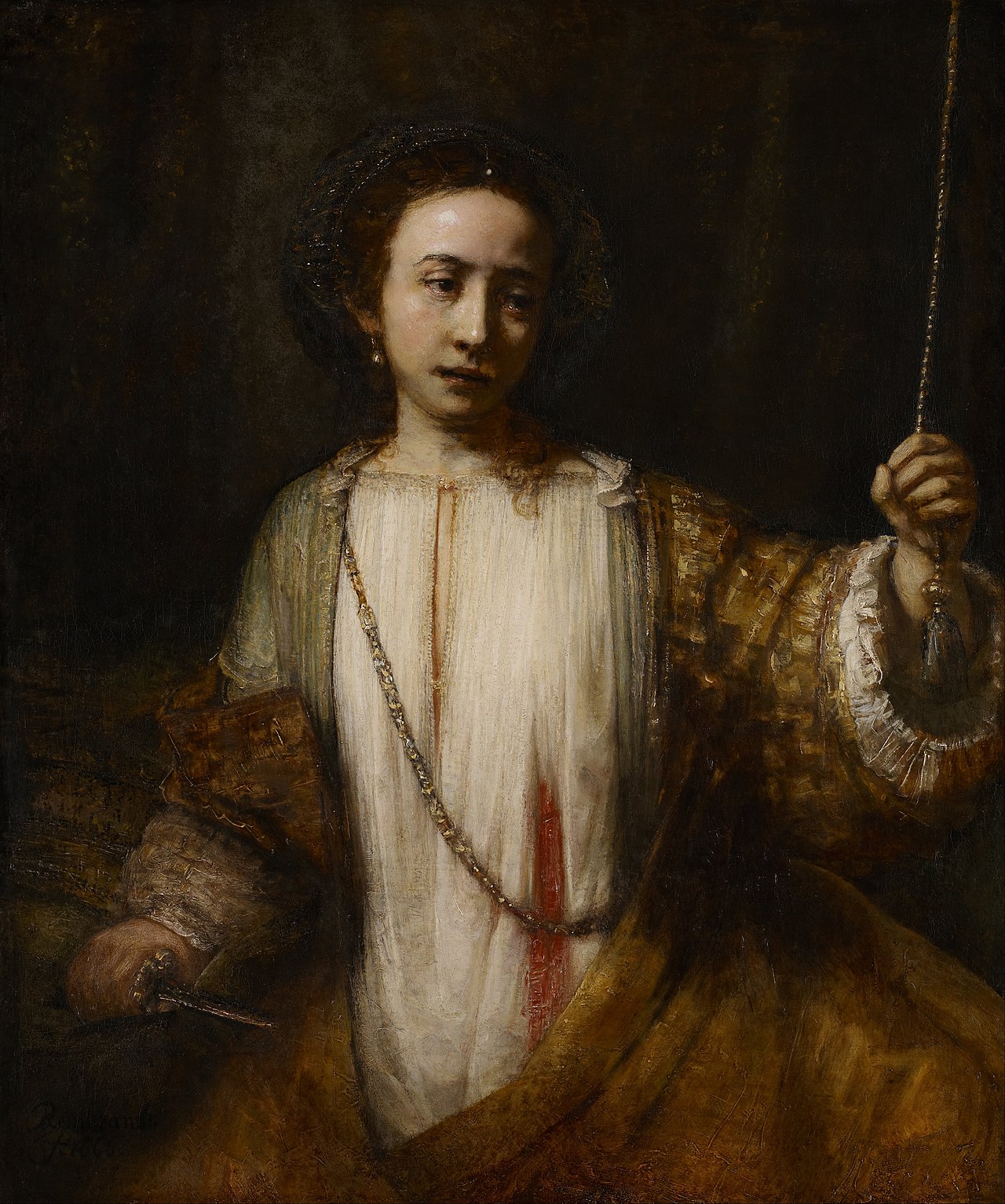
6 Inspiring Pieces at Minneapolis Institute of Art
6 Inspiring Pieces at Minneapolis Institute of Art
By Sheila Regan
Minneapolis Institute of Art (Mia for short) has been open for over 100 years and is considered one of America’s most comprehensive art museums. Located just south of downtown Minneapolis, Mia is a must-visit destination on any Twin Cities trip.
The history of Minneapolis Institute of Art goes back to 1883, when the Minneapolis Society of Fine Arts was formed. The society established its first permanent space in 1889 before opening its landmark Beaux-Arts building in 1915, where Mia still resides today.
With over 3,500 works typically on view at a time—plus around 90,000 works in the museum’s collection—you get a different experience every time you visit Mia.
While the museum is impressive in its list of ancient art and art from centuries past from all over the world, it also has invested in modern and contemporary art, and holds space for local artists as well through its beloved Minnesota Artists Exhibition Program gallery.
General admission is free, with special exhibits for an additional fee.

Minneapolis Institute of Art / Laura Dekowski
6 Must-See Artworks at Mia
Many visitors choose to wander aimlessly through the museum’s vast collection, stopping every so often to admire exquisite paintings by old European masters, stunning pieces by both contemporary and ancient Native American artists, exquisite jade objects from Ancient China, groundbreaking conceptual art, and so much more.
But if you’re more of a planner, we’ve pulled together some of the museum’s standout works to help pick your route ahead of time.
-
"Lucretia," 1666

"Lucretia" by Rembrandt Harmensz. van Rijn is located in Gallery 311 / Minneapolis Institute of Art
"Lucretia," 1666Rembrandt Harmensz. van Rijn
Oil on canvasThis aching portrait of a young woman in despair perhaps reveals Rembrandt’s own state, being destitute and recently bereaved over his lover soon before his death. Rembrandt’s signature use of chiaroscuro and his virtuosic depiction of human emotion result in a painting so empathetic it takes your breath away.
-
"Ring Girl," 1965
"Ring Girl," 1965
Suellen Rocca
Oil on canvasDream-like female figures float across Suellen Rocca’s canvas, decorated with hieroglyphic wedding rings, ice cream cones and light bulbs. In her surreal, trippy world, numbers, poodles and palm trees swirl about, dancing in psychedelic space. Rocca was a founding member of the Chicago 1960s art group, Hairy Who, whose works reflected the Chicago Imagist movement's emphasis on fantasy-making in the latter half of the 20th century.
-
"Shirt," c. 1720-1750

"Shirt," is located in Gallery 260 / Minneapolis Institute of Art
"Shirt," c. 1720-1750Unknown artist
Possibly antelope hide, pigments, cotton thread, sinewAmong Mia’s impressive collection of art from the Americas is a very rare shirt made from animal hide, most likely crafted by a Native American woman. The elaborate piece of clothing contains elements of artistic traditions from the Great Lakes and the Plains, and has some indication of western tailoring, perhaps because of the influence of European traders. Decorated with abstract shapes—which could be interpreted as depictions of the Thunderbird archetype—the shirt is electric in both its craftsmanship and its artistry.
-
Jade Mountain Illustrating the Gathering of Scholars at the Lanting Pavilion, 1790

Jade Mountain Illustrating the Gathering at the Lanting Pavilion is located in Gallery 210 / Minneapolis Institute of Art
Jade Mountain Illustrating the Gathering of Scholars at the Lanting Pavilion, 1790Unknown artist
Light green jadeCommissioned by Qing dynasty emperor Qianlong in the 18th century, this immaculate sculptural work depicts a group of Chinese scholars drinking and discussing poetry in an idyllic mountain setting. Intricately carved out of glowing jade, the sculpture also includes poetic text from the first century as well as lines Qianlong most likely wrote himself. The emperor was a great lover of culture and beauty, and you can just imagine him gazing at this mountain dreaming of being on retreat far away from his emperor duties.
-
Veiled Lady, 1860

Veiled Lady by Raffaelo Monti is located in Gallery 357 / Minneapolis Institute of Art
Veiled Lady, 1860Raffaelo Monti
MarbleThe veil covering the face of Raffaelo Monti’s sculpture looks diaphanous, almost as if instead of marble, it were made of some light and airy material. In the light, this piece seems to dance. Monti’s marvelous work is an example of a “tromp l’oeil,” or trick of the eye. Of course the veil is made of marble, and not see-through at all, but the artist’s skill at using texture and polish makes it seem transparent. Veiled sculptures became popular in the early 1700s. Monti perfected the technique in the following century, drawing praise as well as criticism for what some critics called trickery, rather than true art. The test of time, however, has sided with Monti.
-
"Santos Dumont: The Father of Aviation II," 2009
"Santos Dumont: The Father of Aviation II," 2009
Kehinde Wiley
Oil on canvasPerhaps best known for his presidential portrait of Barack Obama, Kehinde Wiley often draws on Old Master paintings for inspiration, changing them up to feature Black figures dressed in contemporary clothing. For this painting, Wiley takes a monument of Brazilian aviation pioneer Alexander Santos-Dumont as his inspiration. The original sculpture features Dumont alongside Icarus and two “fallen heroes” on the ground who died when one of Dumont’s planes crashed at an event in his honor. In Wiley’s interpretation, the fallen heroes are recast as young Black men splayed lifelessly against the rocks, their eyes open and pointed out toward the viewer—simultaneously depicting the men as heroes and challenging the viewer to consider what value is given to Black bodies.
COVID-19 Protocols at Mia
Last updated: March 19, 2021
Minneapolis Institute of Art is open to visitors, but you must make an appointment before you arrive. Free, timed tickets are available online or via phone. Attendance is limited to allow for ample social distancing (6 feet of space between visitors/parties must be maintained at all times), some areas of Mia are restricted to one-way movement and face masks are required throughout your visit.

Uncover natural wonders at the Bell Museum in St. Paul
More Minnesota Museums & Galleries
Museums dedicated to art, history, science and more are scattered throughout Minnesota. From family-focused children's museums to world-renowned art showcases, you'll love exploring Minnesota's museums and galleries.






